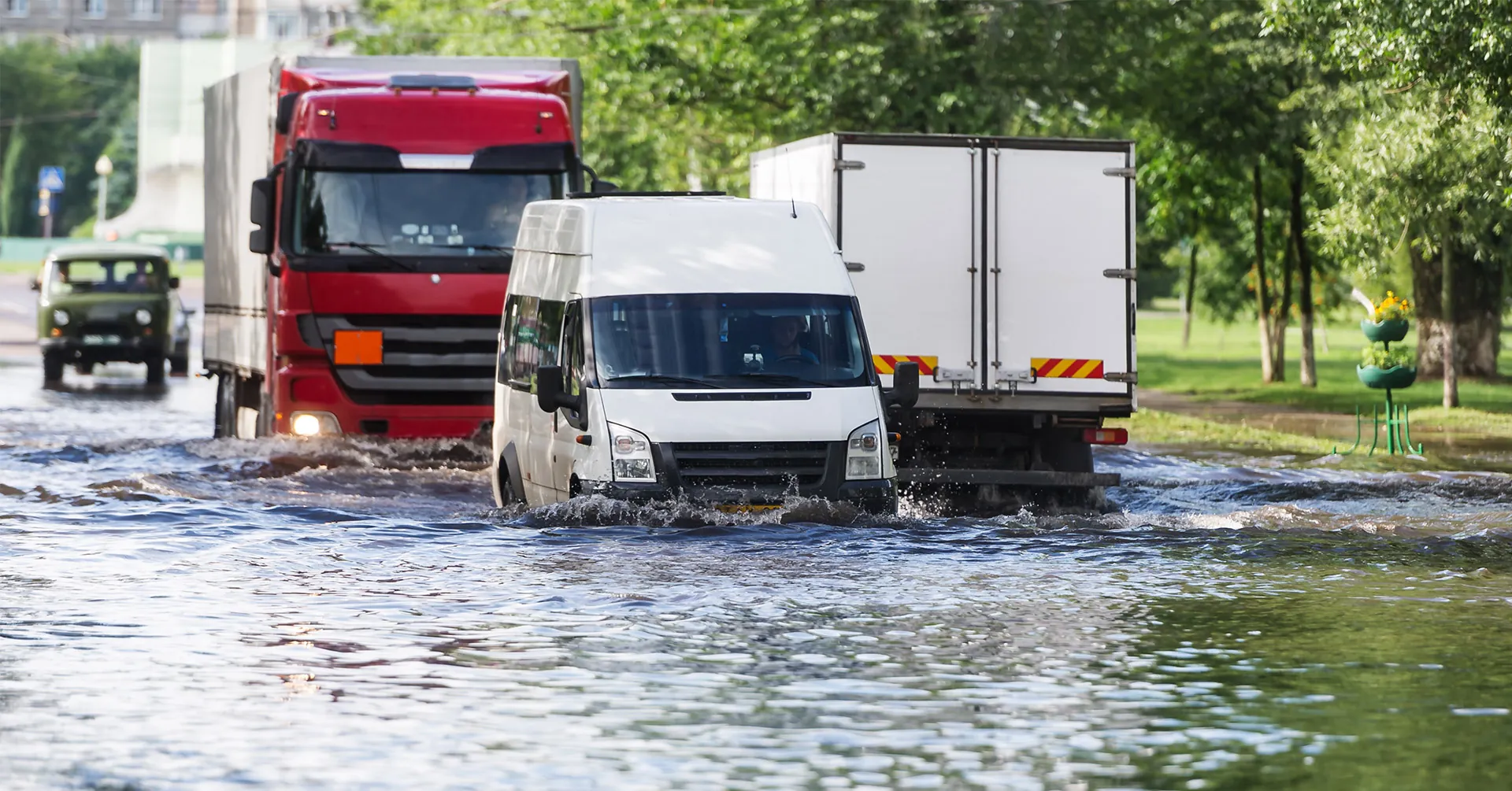Responding To A Flash Flood Emergency: Action Plan And Precautions

Table of Contents
Before the Flash Flood: Proactive Measures for Safety
Proactive measures are key to mitigating the impact of a flash flood. Preparation before a flash flood warning is issued is far more effective than reacting during the event. Taking steps to understand your risk, prepare your home and property, and assemble an emergency kit are essential steps in building your flash flood resilience.
Understanding Your Risk
Assessing your vulnerability to flash floods is the first step. Live near a river, creek, canyon, or in a low-lying area? You're at higher risk. Certain geographical locations are more prone to flash floods than others.
- Check local flood maps and historical flood data: Many municipalities provide online resources showing areas with a high risk of flooding. Familiarize yourself with these maps.
- Sign up for emergency alerts: Register for text, email, or app-based emergency alerts from your local authorities. These alerts provide timely warnings of impending flash floods.
- Develop a family communication plan: Establish a meeting point and communication methods in case family members are separated during a flash flood.
Preparing Your Home and Property
Taking preventative steps reduces the potential damage a flash flood can inflict on your home and property. These actions minimize the impact and help ensure the safety of your family.
- Elevate valuable items and appliances: Move important documents, electronics, and furniture to higher ground.
- Clear gutters and drains: Ensure that gutters and drains are clear to prevent water buildup around your property. Proper drainage is crucial in reducing the risk of flash flooding.
- Consider flood insurance: Flood insurance is not typically included in standard homeowner's insurance policies. Check if your property is located in a high-risk zone and consider purchasing separate flood insurance.
- Create a detailed inventory of your possessions: Take photos and videos of your belongings. This is essential for insurance claims if your property is damaged in a flash flood.
Assembling an Emergency Kit
Having a well-stocked emergency kit is vital during any disaster, including a flash flood. This kit should contain essential supplies to sustain you and your family until help arrives.
- Essential supplies: Include at least a three-day supply of water (one gallon per person per day), non-perishable food, a first-aid kit, essential medications, flashlights, batteries, a portable radio, and blankets.
- Consider pet supplies: If you have pets, include pet food, water, bowls, and any essential medications for them in your kit.
During the Flash Flood: Immediate Actions to Take
When a flash flood warning is issued or you observe rising waters, immediate action is critical. Your safety is paramount; prioritize evacuation and seek high ground if necessary.
Evacuate Immediately
If you receive an evacuation order, leave immediately. Don't wait for the water to rise.
- Follow designated evacuation routes: Pay attention to official guidance and avoid flooded roads.
- Take your emergency kit with you: This kit contains crucial supplies for your immediate survival needs.
- Never attempt to drive through flooded areas: Even shallow water can sweep a vehicle away. Turn around, don't drown.
If Trapped
If you become trapped by rising waters, your survival hinges on your immediate response.
- Seek high ground immediately: Climb to the roof of a sturdy building if necessary.
- Signal for help: Use a bright light or a whistle to attract attention.
- If inside a vehicle: Abandon the vehicle and seek higher ground immediately.
Staying Safe Indoors
If evacuation is not possible, remaining safe indoors requires vigilance and caution.
- Listen to weather reports: Stay updated on the flash flood situation and follow any official instructions.
- Move to the highest level of your home: This minimizes your risk of being affected by rising waters.
- Stay away from windows: Avoid windows to protect yourself from potential debris.
After the Flash Flood: Recovery and Prevention
Once the immediate danger has passed, the recovery process begins. Safety remains crucial, and planning for future flash flood events is essential.
Assessing the Damage
After the floodwaters recede, carefully assess the damage to your home and property.
- Avoid downed power lines: These pose a significant electrocution risk.
- Check for gas leaks: Report any gas leaks immediately to the appropriate authorities.
- Do not enter flooded areas until declared safe: Wait for official clearance from authorities before entering flood-affected areas.
Reporting Damage and Seeking Assistance
Contact local authorities to report damage and seek assistance. This is crucial for obtaining help and resources for recovery.
- Contact your insurance company: File a claim as soon as possible to begin the insurance process.
- Apply for disaster relief funds: If eligible, seek government assistance programs to help with recovery efforts.
Long-Term Prevention
Learn from the experience and implement further preventative measures to reduce your vulnerability to future flash floods.
- Improve drainage around your property: Consider installing drainage systems to divert water away from your home.
- Consider installing flood barriers: Flood barriers can provide an added layer of protection against rising waters.
- Reinforce your home's structure: Enhance the structural integrity of your home to withstand future flash floods.
Conclusion
Flash floods are unpredictable and dangerous natural disasters. By understanding the risks and preparing an effective response, you can significantly reduce the impact on your life and property. This action plan for flash flood emergencies outlines crucial steps to take before, during, and after a flood. Remember, preparation and quick action are vital to surviving and recovering from a flash flood. Don't wait – develop your flash flood preparedness plan today and ensure the safety of your family and community. Learn more about flash flood safety and prevention in your area by contacting your local emergency management agency.

Featured Posts
-
 Moto Gp Inggris Di Silverstone Jadwal Balapan Klasemen Dan Performa Marquez
May 26, 2025
Moto Gp Inggris Di Silverstone Jadwal Balapan Klasemen Dan Performa Marquez
May 26, 2025 -
 Kiefer Sutherland To Honor Father Donald At Canadian Screen Awards
May 26, 2025
Kiefer Sutherland To Honor Father Donald At Canadian Screen Awards
May 26, 2025 -
 Nippon U S Steel Deal Trump Administrations Approval And Market Impact
May 26, 2025
Nippon U S Steel Deal Trump Administrations Approval And Market Impact
May 26, 2025 -
 Release Gaza Captives Urgent Appeal From Former Israeli Women Soldiers
May 26, 2025
Release Gaza Captives Urgent Appeal From Former Israeli Women Soldiers
May 26, 2025 -
 The Prince Of Monaco His Finances And A Corruption Investigation
May 26, 2025
The Prince Of Monaco His Finances And A Corruption Investigation
May 26, 2025
